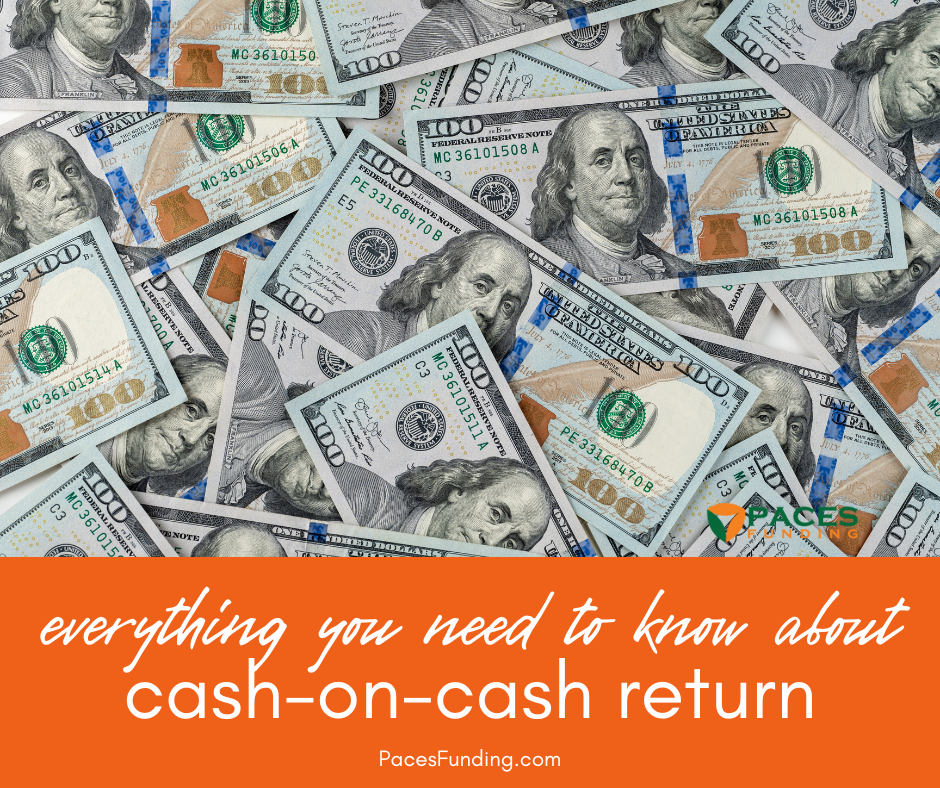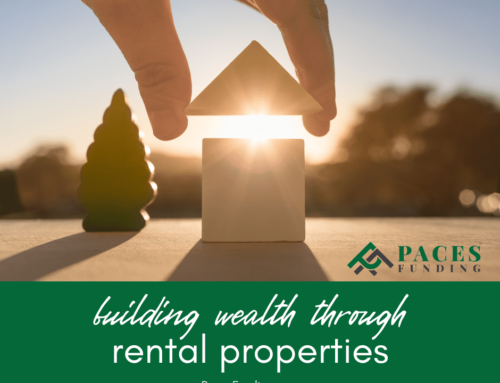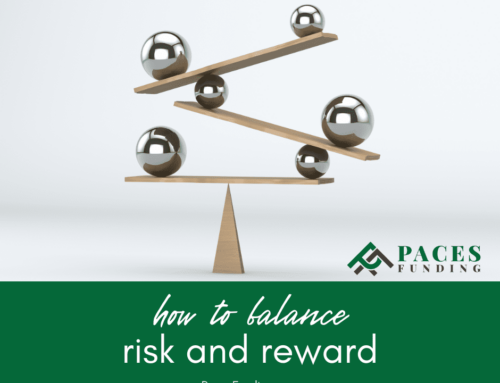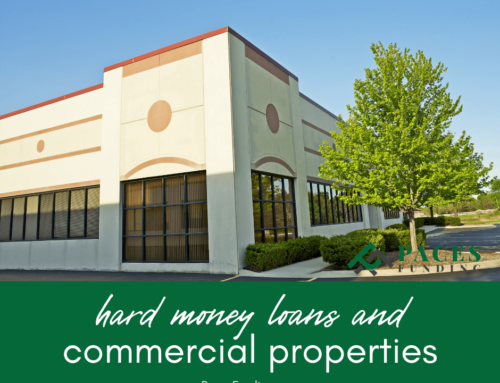
Everything You Need to Know About Cash-on-Cash Return in Real Estate
When it comes to investing in real estate, understanding your cash-on-cash return is key. Knowing what your cash-on-cash return means for you and how to calculate it can help you make the best investment decisions and maximize your profits.
But not so fast: Cash-on-cash return isn’t necessarily the best method to use for decision-making. There are other metrics you can (and should) use while deciding whether a property is a good investment. Cash-on-cash return is just a small glimpse at the type of return you may get.
What Is Cash-On-Cash Return?
Cash-on-cash return is a measure of the return you get from your investment in real estate. It’s calculated by taking the net operating income (NOI) and dividing it by the total cash invested in the property. This gives you your annual rate of return on the cash you have invested.
For example, let’s say you purchase a rental property for $200,000. You then put in an extra $20,000 to make some renovations and increase the value of the property. Your total cash invested is now $220,000.
If the NOI for year one is $25,000, your cash-on-cash return would be 11.36%, calculated as:
NOI/Total Cash Invested = Return on Investment (ROI)
$25,000 / $220,000 = 11.36%
Why Is Cash-On-Cash Return Important?
The cash-on-cash return lets you know how much money you’re making off of your investment in real estate. It’s a great way to compare different properties and help you decide which one is the best fit for your investment goals.
It also helps you figure out how much money you need to invest in order to turn a profit. For example, if the cash-on-cash return on a property is 8%, then you know that you need to invest at least $125,000 to make an annual return of $10,000 (8% of $125,000 = $10,000).
Cash-on-cash return can also be used together with other metrics like cap rate or debt coverage ratio to get a better picture of how well your real estate investments are performing.
Related: 3 Creative Ways to Come Up With a Down Payment for an Investment Property
How To Calculate Cash-On-Cash Return
The cash-on-cash return formula is simple to calculate. It’s just the NOI divided by total cash invested in the property.
NOI/Total Cash Invested = Return on Investment
To get your NOI, you need to subtract all of the expenses associated with owning and running the property from its gross income. This includes things like mortgage payments, insurance, taxes, maintenance costs, management fees and any other costs that you might incur.
Once you’ve calculated your cash-on-cash return for a property, it’s important to compare it to similar properties in the same area or market to figure out whether the property is a good investment.
3 Things to Know About Cash-on-Cash Return
Cash-on-cash return, as you already know, isn’t the only (or even the best) metric to use when you’re evaluating an investment. It doesn’t account for:
- Taxes
- Equity
- Appreciation
- Opportunity costs
- Compounding interest
Here’s a closer look at each.
Cash-on-Cash Return Fails to Account for Taxes
Cash-on-cash return does not take into account taxes, which can have a significant impact on your bottom line. By calculating cash-on-cash return, you’re only looking at pre-tax profits, so you don’t get an accurate picture of how much money you’ll actually be able to keep from the investment.
Related: How to Make a Small Bathroom More Attractive to Prospective Buyers
Cash-on-Cash Return Fails to Account for Equity
Cash-on-cash return doesn’t factor in any build up of equity over time, which is important if you plan on leveraging the property to obtain additional financing or use it as collateral for other investments.
Cash-on-Cash Return Fails to Account for Appreciation
Appreciation is when the value of your asset increases over time due to market forces like inflation. Cash-on-cash return doesn’t take into account any appreciation that the property may experience over time, which can significantly boost your returns.
Cash-on-Cash Return Fails to Account for Opportunity Cost
When you use cash-on-cash return as your sole metric for evaluating an investment, you may be overlooking other potentially better investments. This is known as the opportunity cost of investing in a particular property instead of another one.
Related: Should You Allow Pets in Your Rental Property?
Cash-on-Cash Return Fails to Account for Compounding Interest
Compounding interest is the process of reinvesting your earnings from an investment and then earning interest on those reinvested earnings. Cash-on-cash return doesn’t account for this, so you won’t be able to accurately calculate the true return on your investment.
How is Cash-on-Cash Return Different From Return on Investment?
It’s easy to confuse cash-on-cash return with return on investment (ROI) because they sound similar and the formulas for calculating them are both quite straightforward.
However, cash-on-cash return only takes into account the amount of money invested in the property while ROI considers all of the money spent—including any borrowed capital or debt used to acquire a property.
In other words, cash-on-cash return is a measure of how well you’re doing strictly with your own resources, while ROI measures your overall performance. This is why it’s important to consider both metrics when evaluating a potential real estate investment.
Do You Need a Hard Money Loan?
Paces Funding is the top hard money lender in Georgia, North Carolina, South Carolina and Tennessee. Apply for a hard money loan here or click through our site to find out how we can help you now!














